Choosing the Right Scaffold Tubes: Essential Guide for Safety and Stability
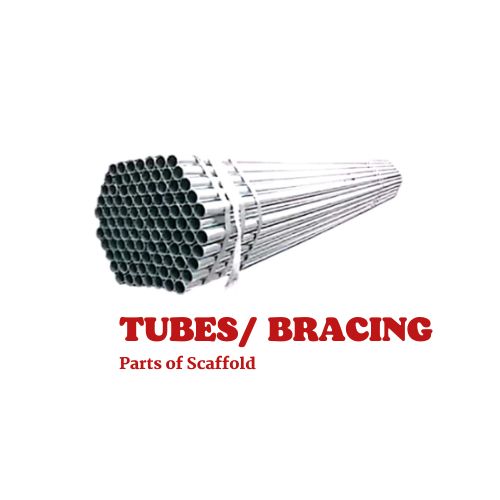
When it comes to scaffolding, the importance of selecting the right tubes cannot be overstated. With an outer diameter of 48.3mm, these scaffold pipes are critical for ensuring the structural integrity and safety of your project. However, before making a purchase, you need to be aware of common issues that can compromise their effectiveness. Let’s dive into the various types of problematic tubes and how to avoid them.
Understanding the Importance of Rigid Scaffolding:
Scaffolding is the backbone of construction projects. It is providing essential support for workers, tools and materials. The rigidity of scaffold tubes is paramount; it not only ensures stability but also prevents accidents. Choosing the right tubes means understanding the types of defects that can occur. Here’s what to look out for:
1. Flame Cut Tubes
Flame-cutting can result in irregular edges, leading to weakened structural integrity. These tubes may not fit securely with connectors, increasing the risk of accidents. Always check the cutting method and opt for precision-cut tubes to ensure uniformity.
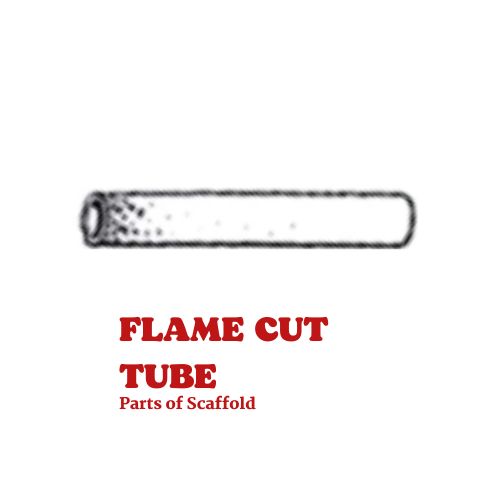
2. Cross Cut Tubes
Cross-cut tubes can compromise the load-bearing capacity, as the cuts can create stress points. Avoid tubes with any cross cuts to maintain safety and stability during use.

3. Mushroom Headed Tubes
Mushroom-headed tubes are often a result of improper handling or manufacturing flaws. The uneven surface can cause difficulties in securing couplings, which may lead to a failure in the scaffolding system. Always inspect tubes for uniformity in design.

4. Split End Tubes
Split ends are a major red flag. They indicate that the tube may have been subjected to excessive stress or poor manufacturing practices. Split tubes can pose serious safety hazards and should be avoided at all costs.
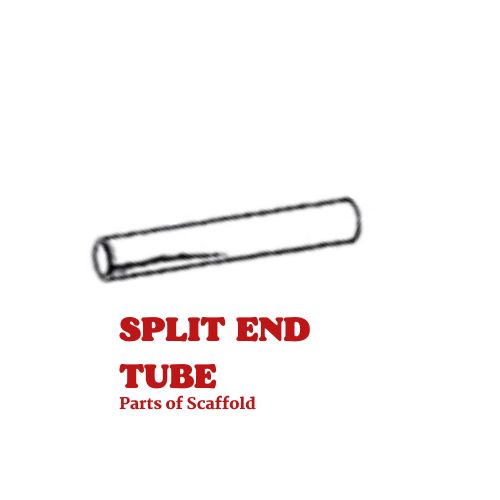
5. Bent Tubes
Bending occurs when tubes are improperly stored or mishandled. Bent tubes can alter the load distribution and lead to collapse under pressure. Ensure that all tubes are straight and free from any distortions before use.
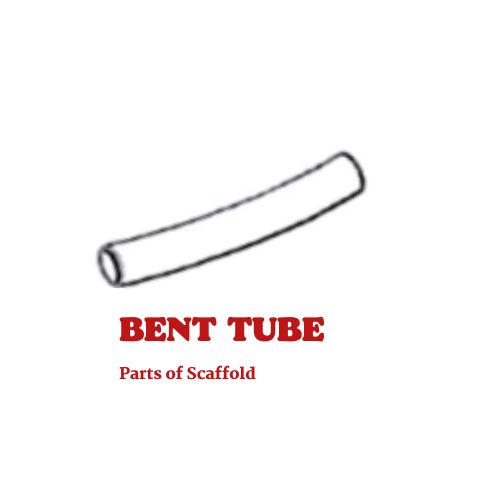
6. Welded Tubes
While welding can sometimes reinforce a tube, poorly executed welds can weaken the structure. Don’t buy the welded Tube but if you want to buy then Inspect all welded areas for signs of cracks or incomplete joints.

7. Rusted Tubes
Rust not only indicates deterioration but can also compromise the structural integrity of the tube. Scaffolding should be made from materials that resist corrosion. Always opt for galvanized or treated tubes to ensure longevity and safety.
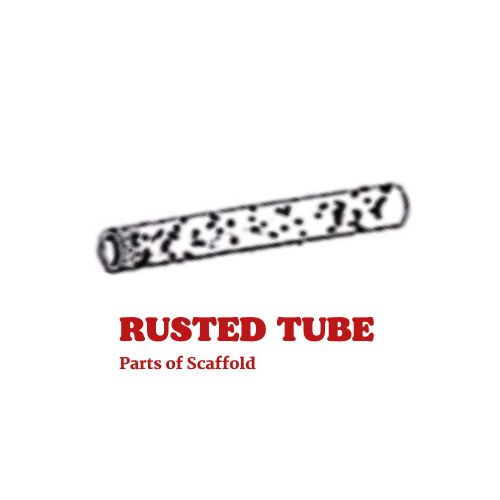
Tips for Selecting Quality Scaffold Tubes
- Source from Reputable Suppliers: Always buy from trusted manufacturers who adhere to safety standards.
- Conduct Visual Inspections: Look for any visible defects before purchase. A thorough inspection can save lives.
- Check for Certifications: Ensure that the tubes meet industry standards for safety and performance.
- Ask About Materials: Opt for tubes made from high-quality steel or aluminum to ensure durability.
Choosing the right scaffold tubes is essential for ensuring the safety and effectiveness of your scaffolding system. By being aware of common defects such as flame cuts, splits, and rust, you can make informed decisions that protect your workers and enhance project success. Remember, safety starts with quality materials—invest in reliable scaffold tubes to create a stable work environment.
By focusing on quality and being vigilant about potential issues, you can build a safer and more efficient scaffolding system. Keep this guide handy as you navigate the scaffolding selection process, and watch your projects rise with confidence!
